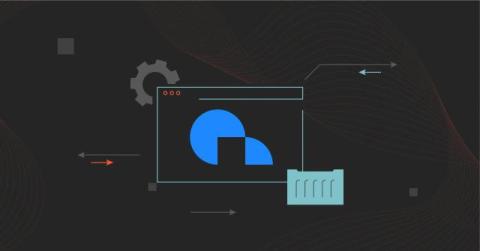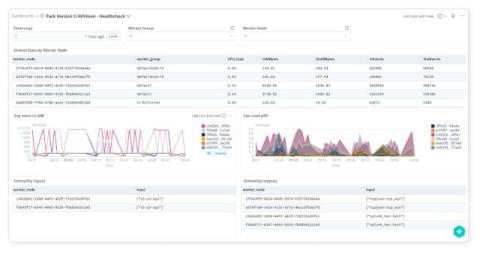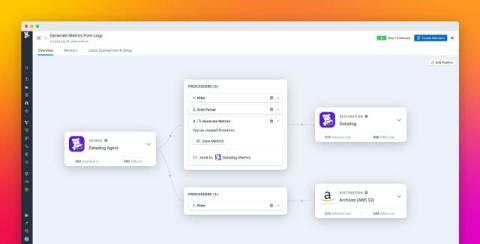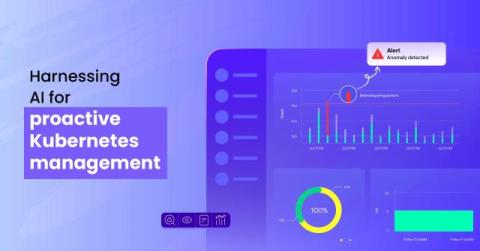Ternary Alternatives For FinOps Teams And Cloud Optimization
As of 2024, 89% of organizations are using a multi-cloud strategy. Among the reasons for this shift are avoiding vendor lock-in and achieving scalability and cost-effectiveness. Yet, maximizing the value of investments in multi-cloud environments is a major challenge. That’s where multi-cloud FinOps solutions like Ternary come in — or, as you’ll see in this guide, where the top Ternary alternatives can take the lead.











